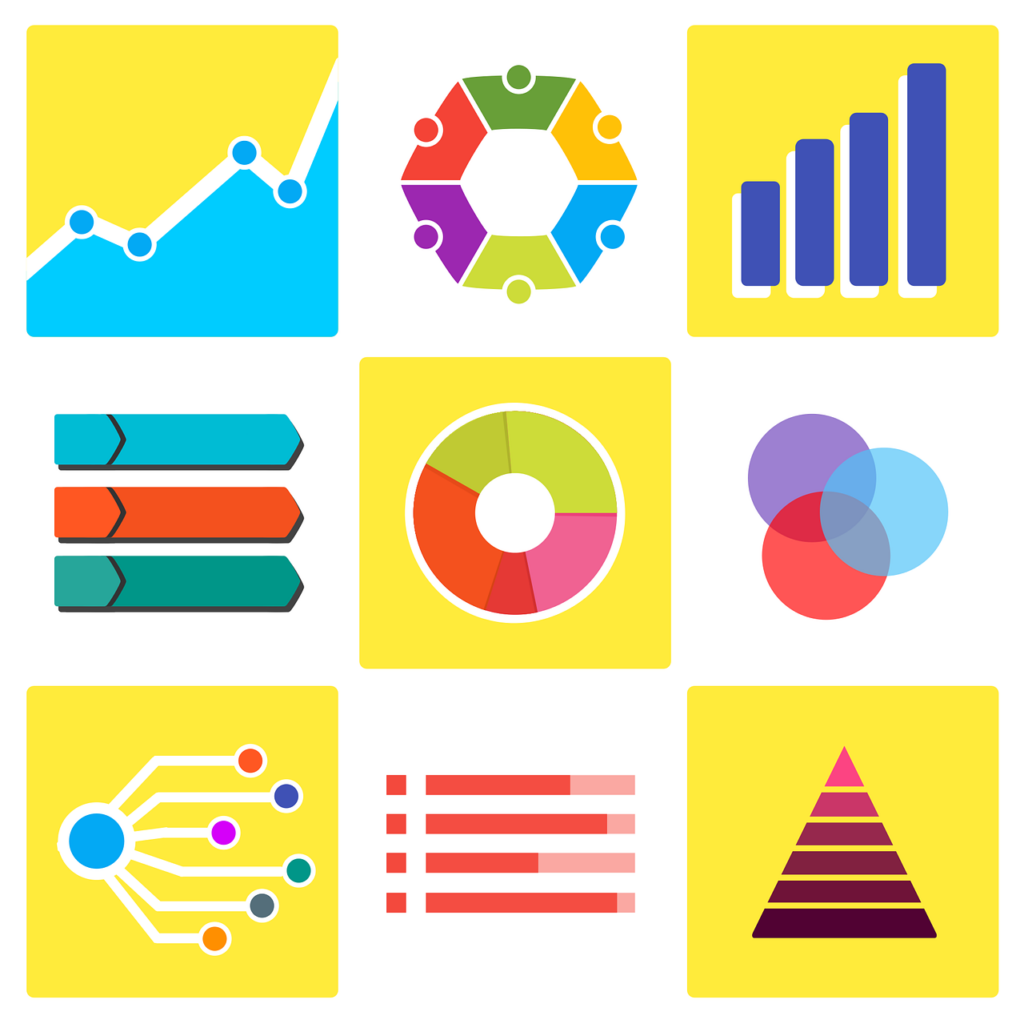Marketing Automation Using Predictive Analysis in 2024
In the ever-evolving landscape of digital marketing, staying ahead of the curve is imperative for businesses to thrive. As we step into 2024, the integration of marketing automation with predictive analysis emerges as a game-changer, offering unparalleled insights and efficiency in reaching target audiences. This article explores the significance, advancements, challenges, and future trends of marketing automation driven by predictive analysis.
Introduction
Marketing automation has been a cornerstone of modern marketing strategies, enabling businesses to streamline repetitive tasks, enhance customer engagement, and drive revenue growth. However, the advent of predictive analysis has elevated marketing automation to new heights, revolutionizing the way brands interact with consumers.
Significance of Marketing Automation
Marketing automation empowers marketers to deliver personalized experiences at scale, leveraging data-driven insights to tailor content, offers, and communications based on individual preferences and behaviour. By automating tasks such as email campaigns, lead nurturing, and social media management, businesses can optimize resources, improve efficiency, and accelerate sales cycles.
The Role of Predictive Analysis
Predictive analysis harnesses the power of artificial intelligence and machine learning algorithms to forecast future outcomes based on historical data, patterns, and trends. By analysing vast datasets, predictive analysis identifies correlations, predicts customer behaviour, and anticipates market trends with remarkable accuracy. Integrating predictive analysis with marketing automation enables proactive decision-making, targeted campaign optimization, and enhanced customer segmentation.
Advancements in Marketing Automation
In 2024, marketing automation platforms are equipped with sophisticated predictive modelling capabilities, allowing marketers to anticipate customer needs and preferences in real-time. Advanced machine learning algorithms analyse diverse data sources, including demographic information, browsing behaviour, purchase history, and social media interactions, to generate actionable insights and predictive recommendations.

Personalized Customer Journeys
One of the primary benefits of marketing automation driven by predictive analysis is the ability to create hyper-personalized customer journeys. By segmenting audiences based on predictive indicators such as propensity to purchase, engagement levels, and content preferences, marketers can deliver targeted messages across multiple channels, maximizing relevance and impact.
Dynamic Content Optimization
Another key feature of predictive marketing automation is dynamic content optimization, where content elements such as subject lines, images, and offers are dynamically tailored to individual recipients based on predictive analytics. By delivering the right message to the right person at the right time, brands can significantly improve engagement rates, conversion rates, and overall campaign performance.
Challenges and Considerations
While the potential benefits of marketing automation with predictive analysis are immense, organizations must address several challenges to maximize success. Data privacy concerns, algorithmic biases, and the need for skilled data scientists are among the key considerations. Additionally, ensuring the accuracy, reliability, and ethical use of predictive models is essential to maintain trust and credibility with customers.
Future Trends
Looking ahead, the future of marketing automation lies in the convergence of predictive analysis with emerging technologies such as augmented reality (AR), virtual reality (VR), and the Internet of Things (IoT). By leveraging real-time data streams from connected devices and immersive experiences, marketers can deliver highly contextualized and immersive campaigns that resonate with consumers on a deeper level.
The Rise of Automation and the Challenge of Personalization
Marketing automation platforms have streamlined repetitive tasks, enabling marketers to focus on strategy and creativity. Email drip campaigns, social media scheduling, and lead nurturing can be automated, freeing up time for higher-value activities. However, simply automating tasks isn’t enough; achieving effective marketing in 2024 requires personalization.
Today’s consumers expect messages and offers that resonate with their unique needs and preferences. Generic communication is no longer cutting it. This is where predictive analytics comes in.
Unveiling the Power of Predictive Analytics
Predictive analytics utilizes historical data, current trends, and machine learning algorithms to anticipate future customer behaviour. This data-driven approach empowers marketers to:
- Identify high-value prospects: By analysing past purchases, website interactions, and engagement patterns, predictive models can identify customers with a high propensity to convert, allowing marketers to prioritize resources and tailor campaigns accordingly.
- Segment audiences for hyper-personalization: Predictive analysis goes beyond basic demographics, enabling segmentation based on predicted behaviour, future needs, and purchase likelihood. This allows for crafting highly personalized messages and offers that resonate deeply with each segment.
- Predict customer churn: Identifying customers at risk of leaving enables proactive measures to retain them. By analysing behaviour patterns and historical data, predictive models can flag potential churners, allowing marketers to intervene with personalized offers, loyalty programs, or targeted re-engagement campaigns.
- Optimize campaign timing and content: Predictive analysis can forecast the best time and channel to reach individual customers. This ensures messages are delivered when they’re most likely to be receptive, maximizing campaign effectiveness.
Integrating Automation and Predictive Analysis for Impact
The true magic lies in seamlessly integrating marketing automation with predictive insights. Imagine automatically sending a birthday discount coupon to a customer predicted to spend more that month, or triggering a personalized re-engagement email for a customer predicted to churn. This level of automation, powered by AI-driven predictions, enables highly tailored customer journeys at scale.
Here are some practical examples of this powerful combination in action:
- Ecommerce: Automatically recommend complementary products based on past purchases and predicted interests.
- Subscription services: Trigger personalized reminders or special offers before predicted renewal dates.
- B2B marketing: Nurture leads with dynamic content tailored to their predicted pain points and purchase stages.
- Financial services: Offer personalized financial advice and product recommendations based on predicted financial needs.
The possibilities are endless, and the benefits are substantial. Businesses leveraging this combined approach can expect:
- Increased conversion rates: Personalized messaging and offers resonate better, leading to more conversions.
- Improved customer engagement: Timely and relevant communication fosters deeper customer relationships.
- Reduced churn: Proactive retention efforts aimed at at-risk customers minimize churn.
- Elevated ROI: Data-driven decision-making and targeted campaigns maximize marketing spend.

2024 and Beyond: Embracing the Predictive Future
With advancements in AI and machine learning, predictive capabilities in marketing automation will continue to evolve. Soon, we can expect:
- More sophisticated models: Predicting customer emotions, sentiment, and micro-moments of intent for hyper-personalized engagement.
- Real-time decision-making: Automated systems continuously analysing data and suggesting optimal actions in real-time.
- Omnichannel personalization: Delivering consistent and personalized experiences across all touchpoints, regardless of channel.
As we move forward, embracing marketing automation powered by predictive analysis is no longer a choice, but a necessity. Businesses that fail to personalize their outreach risk losing ground to more customer-centric competitors. By harnessing the power of data and AI, brands can unlock a new era of marketing success, one personalized interaction at a time.


Leave a Reply